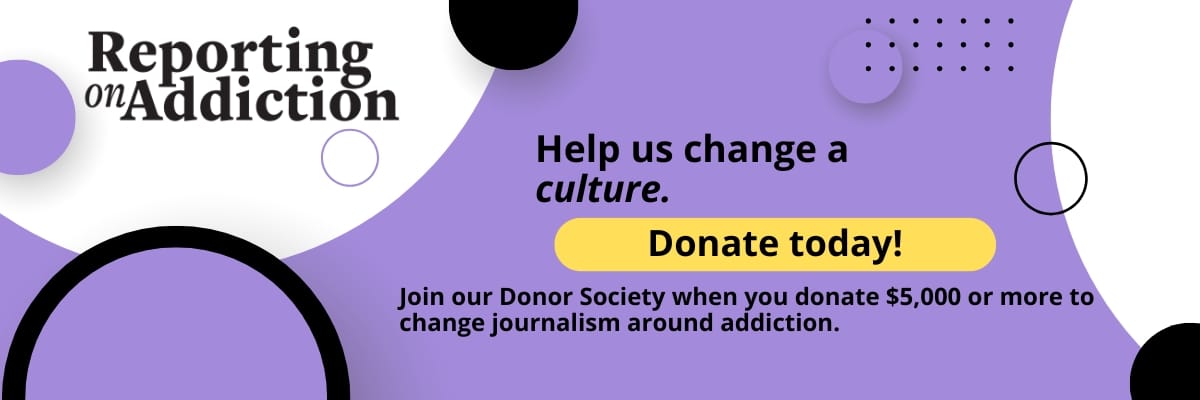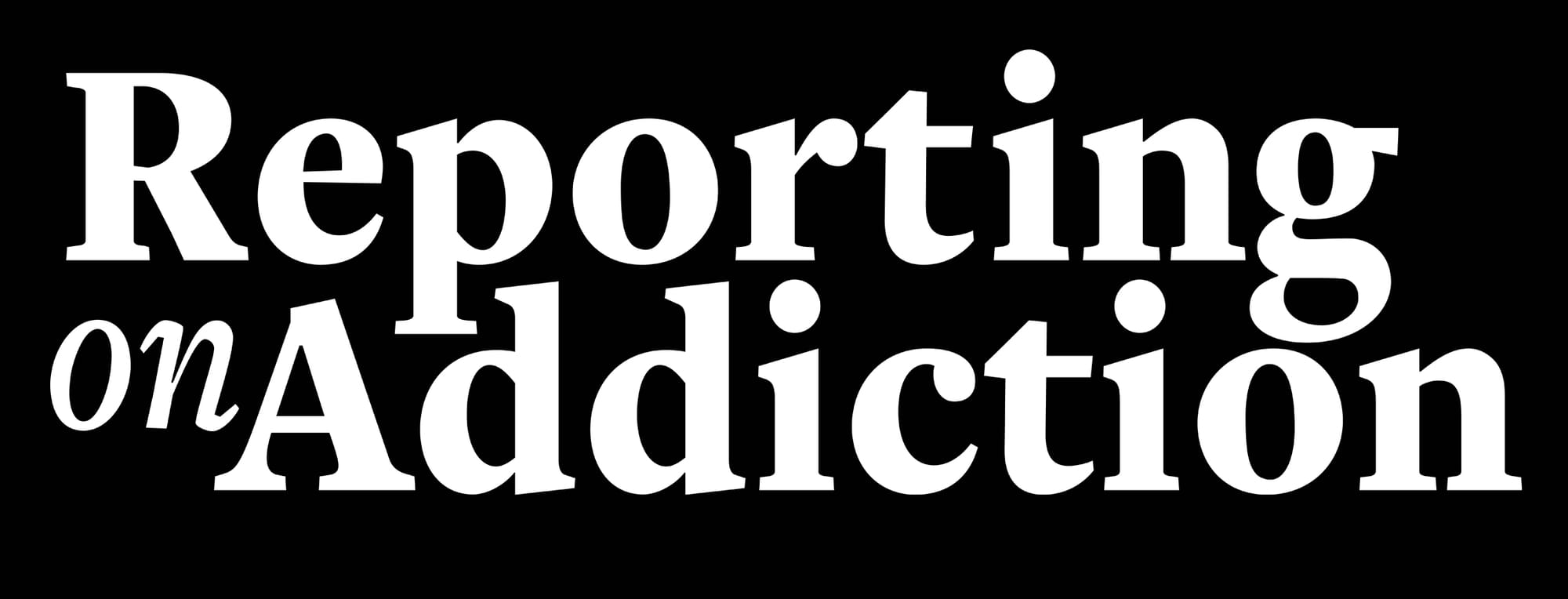Opioid Settlement Story Ideas

Hello!
Today, we're sharing a new “living” resource that provides journalists with an ever-growing list of opioid settlement story ideas to support your reporting on this critical topic.
We know the opioid settlements are a big and complicated topic, but they are also an important topic. The opioid overdose crisis has impacted millions over the last 25 years. Helping your audience understand how the money is being spent is a critical piece of watchdog reporting. We’re here to help for all 18 years of this spending.
Share this newsletter or bookmark this link!
Have questions?
Join our Friday Reporting on Addiction office hours (12-1) with co-Director Jonathan JK Stoltman, PhD or send us an email!
Planning and Background Stories
The initial decisions on how to allocate settlement funds are crucial and often set the stage for years to come. These stories don’t just matter in the first year. Journalists can investigate the transparency and inclusivity of this planning process throughout the spending of this money.
- Where is the money coming from? How did we get here?
Help people understand the complexity of the opioid settlements (e.g., manufacturers, distributors, pharmacies) and what the problem looks like in your community. Draw parallels and contrasts with the 1998 tobacco settlement, where much of the money was diverted to general funds rather than smoking cessation programs. Are the same mistakes being repeated? - How much money?
This is an amount that is changing as new settlements occur, but this is a baseline story. - Who is at the table?
Investigate the composition of the boards, commissions, or other bodies tasked with deciding how the settlement money is spent. Are they advisory or are they decision-making bodies? Are the meetings open or closed? Are individuals with lived experience, harm reduction experts, and public health professionals adequately represented? Or are the decision-makers primarily politicians, law enforcement officials? What conflicts of interest might exist and how does the board account for that? - What is the decision-making process?
Report on the process for soliciting proposals and awarding grants. Is the process open and transparent? Are there clear criteria for what types of programs will be funded? Do unfunded programs receive feedback on their application? How does this line up with the settlement agreements, and what is allowed in those agreements? Was there a needs assessment done? Community input? - How are states helping communities make decisions?
What coordination and guidance is offered? What do your communities need help with? - Adding new services or replacing existing spending?:
A major concern is that settlement funds will be used to replace existing budget items rather than add to them. Investigate whether local governments are using the money to free up funds for unrelated projects. This often requires a close examination of budgets before and after the settlement funds arrived. The intention of these funds are to expand the limited services that exist that have been strained by this crisis. - Lobbying and Influence:
Uncover which individuals and organizations are lobbying for a piece of the settlement pie. Are there potential conflicts of interest among decision-makers? Is there a grant process? - Community Needs Assessments:
What has been done to understand the gaps in prevention, harm reduction, treatment and recovery services? This is important to evaluate how spending addresses those needs.
Spending Stories: Where the Money is Actually Going
Once the plans are in place, the focus shifts to tracking the flow of dollars and scrutinizing the programs and initiatives being funded.
- Show Me the Money:
Create a database or interactive map to track how every dollar of settlement money is being spent in your community. This can be a long-term project that serves as a valuable public resource and is broken down into prevention, harm reduction, treatment, and recovery. What is the money being spent on? What is it not being spent on? How did you track this down? - https://themainemonitor.org/maine-opioid-settlement-funds-update/
- https://wisconsinwatch.org/2025/07/how-are-wisconsins-local-governments-spending-millions-in-opioid-settlement-payouts/
- https://www.spotlightpa.org/news/2024/11/pennsylvania-opioid-settlement-money-spending-data/
- https://mississippitoday.org/2025/09/15/black-box-of-opioid-settlement-spending/
- https://westvirginiawatch.com/2025/07/22/cops-ems-jail-bills-and-more-how-wv-localities-spent-their-first-share-of-opioid-settlement-funds/
- Evidence-Based vs. Politically Aligned:
Are the funded programs backed by scientific evidence? Or are officials opting for politically aligned but potentially ineffective, outdated strategies? How does spending align with the planning? How does it align with the guidance documents from the state? What are community orgs that do this work saying? - The Law Enforcement Dilemma:
A significant portion of the settlement funds is often directed toward law enforcement. Investigate the specifics of this spending. Is it for overtime and new equipment, or is it for innovative programs that connect people with treatment instead of jail? How does this align with the principles used to secure this money and the settlement agreements. - Geographic and Demographic Equity:
Analyze whether the funds are being distributed equitably across different geographic areas and demographic groups. Talk to community orgs who will have the best understanding of how this money can reach marginalized groups. Are impacted communities receiving their fair share? - Sitting in Bank Accounts:
If spending isn’t happening, try to figure out why! Do communities lack guidance and support? Is the interest unrestricted and going towards other things?
Evaluation Stories: Is it Working?
The ultimate measure of success is whether the settlement money is actually abating the opioid crisis. Evaluation stories will become increasingly important as programs are implemented and data becomes available.
- Defining and Measuring Success:
How are officials defining and measuring the success of the programs they fund? Are they tracking metrics? Does this align with the needs assessment that should be guiding spending decisions? - Independent Audits and Accountability:
Are there independent bodies tasked with evaluating the effectiveness of the funded programs? If not, why not? Who is responsible for this? - Mid-Course Corrections:
As data emerges, are officials willing to shift funding away from ineffective programs and toward those that are showing promise? Or are they locked into their initial decisions? How is the money addressing the current crisis (it is always evolving) and not fighting the old fight. - Unintended Consequences:
Explore whether any of the funded initiatives have had unintended negative consequences. Community orgs will have a good sense of what's going wrong. For example, has a crackdown on prescription opioids led to an increase in the use of more dangerous illicit drugs? Have funding cuts or underfunding syringe service programs contributed to HIV and other infectious disease outbreaks? Is law enforcement spending used to target historically marginalized groups?
Do you have a story you’d like included? A question on a story?
We'll be adding to this list over time and tracking changes down here.

